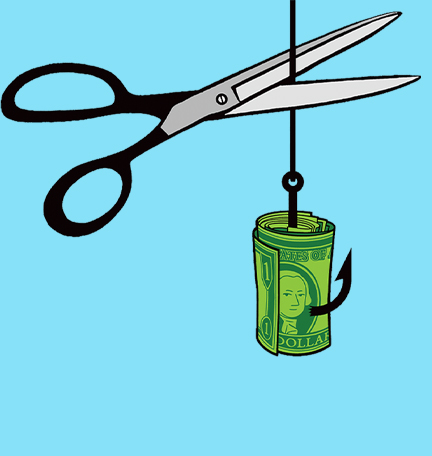If you run a business, chances are you have a fair sense of where you stand among your competitors:
You understand roughly how your debt-to-equity ratio compares to similar organizations, for example, and you may pick up best practices at trade conventions. In a word, you benchmark. But there’s a world of difference between adjusting practices based on intuitive comparisons and an ongoing process of improvements driven by hard data.
“Benchmarking is a systematic process of evaluating internal systems and searching for best practices inside and outside the organization with the aim of creating superior performance,” says Stuart Haggard, managing director of Virginia-based consultancy Competitive Foresight. “It is a form of learning that should be supported and nurtured by the organization, just like strategy or marketing. It is a critical skill, yet it’s not practiced very much.”
Benchmarking comes in several forms depending on scope and objective, but they all fall into three broad categories:
- Internal benchmarking is the most fundamental type of benchmarking leveraged by organizations large and small, explains Chris Ewing, executive vice president, head of strategic execution and Six Sigma at Regions Bank. “It is most commonly used to manage the variations in performance across their markets and geographies,” he explains. “Additionally, comparing performance levels from similar roles within you organization allows you to identify top performers as well as best practices.” This is an excellent starting point for companies new to benchmarking, Haggard feels. The data is readily available, and the practice instills the discipline of formally mapping the process in question. “The first requirement of successful benchmarking is to define your own process,” he points out. “You want to make sure that your team understands their internal process before attempting to go outside for a solution.”
- Competitive benchmarking refers to “looking within one’s industry to see who is doing something better than anyone else,” Haggard explains. “I call this ‘best in class’ benchmarking.” This is the familiar process of identifying practitioners within your own industry with superior outcomes and reverse-engineering their processes to adapt to your own needs. Ewing cites customer satisfaction and associate engagement as two popular examples of the type of metrics benchmarked this way. “Competitive benchmarking should be conducted by a neutral third party leveraging the same tools and measurement process,” he explains. “For example, in most customer satisfaction studies, the degree of satisfaction is determined through the creation of an index of 2-4 questions which focus on likelihood to do additional business with us, or likelihood to recommend to others, rather than just the straightforward question, 'How satisfied are you?' Failure to control what and how you measure will introduce unwanted variation into the measurement system resulting in corrupted data and flawed conclusions.”
- Analogous benchmarking is what Haggard calls “world-class” benchmarking and requires finding an analogous process, no matter what the source, to uncover best practices. Not surprisingly, analogous benchmarking requires some out-of-the box thinking. For example, in the 1990s Southwest Airlines was looking for ways to reduce turnaround time at airports. “One of the things they discovered was that it took them 40 minutes to refuel the aircraft. Then they thought, who is good at refueling quickly? Answer: Formula One racers. One of the things they found out is that one must complete as many processes as appropriate, simultaneously, as opposed to sequentially and only sequentially.”
Where to begin? Haggard suggests starting with a core competency whose improvement can measurably affect the bottom line. “Your first step must be to define your measure,” Ewing says. “Then create and/or standardize your measurement system or protocol.” The third step is to measure performance. “Identify the variation in performance and focus in on the target or best performance,” he advises. And finally, map processes to identify how individuals or teams are achieving the different performance levels. From there, you should be able to identify the best practices.
Of course, none of this can happen in a vacuum. “First of all, you need executive sponsorship to coordinate the effort,” Haggard says. “Good benchmarking requires leadership. Demonstrated support from upper management can make a huge difference, because in a broad sense, benchmarking is change management. It requires a culture of adaptability.”










